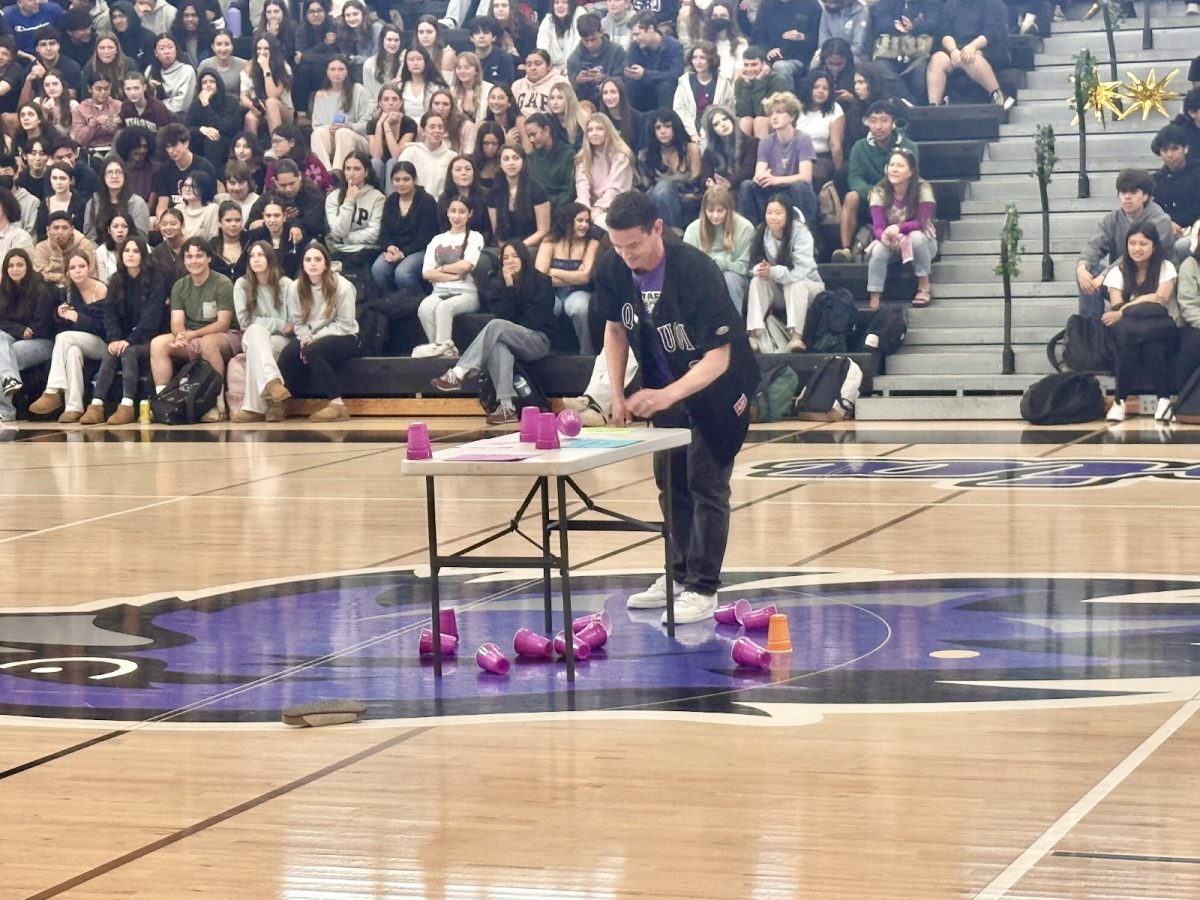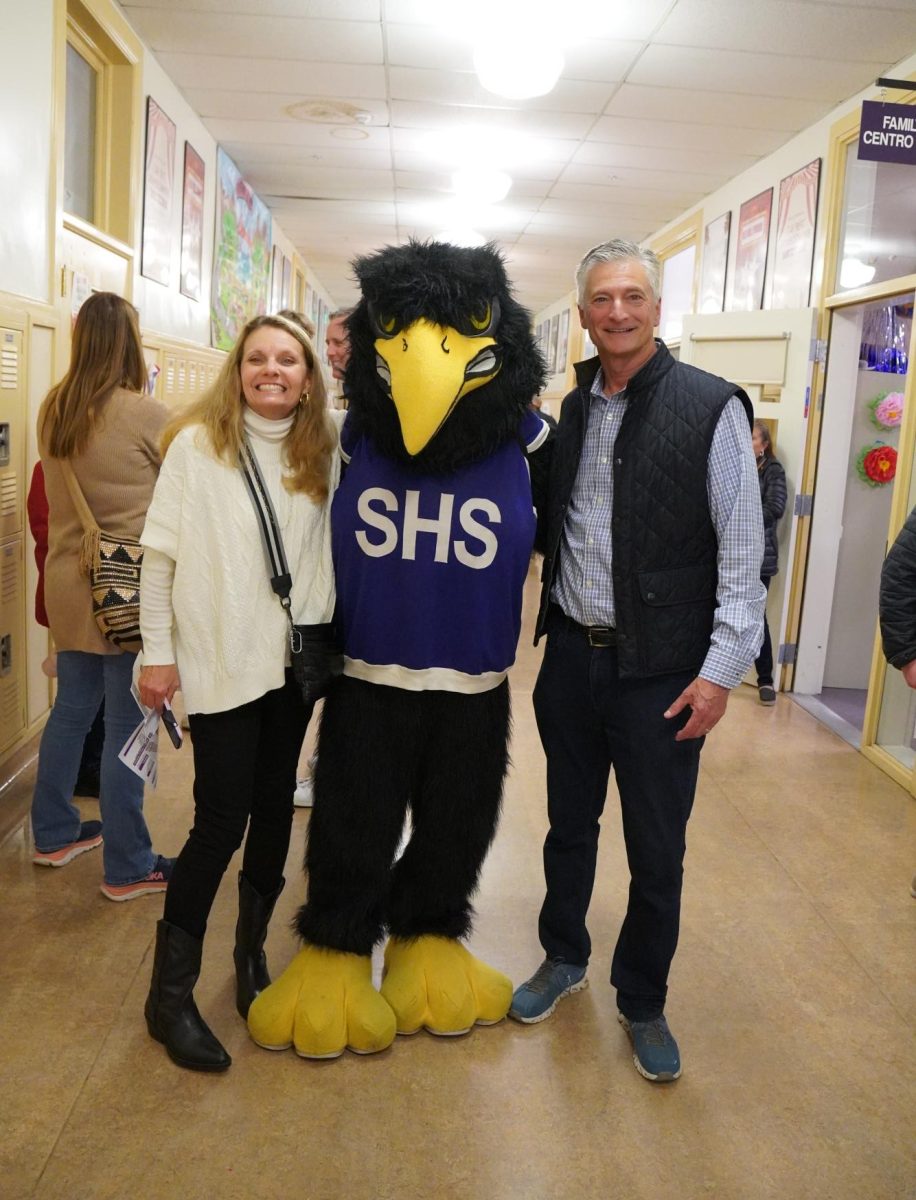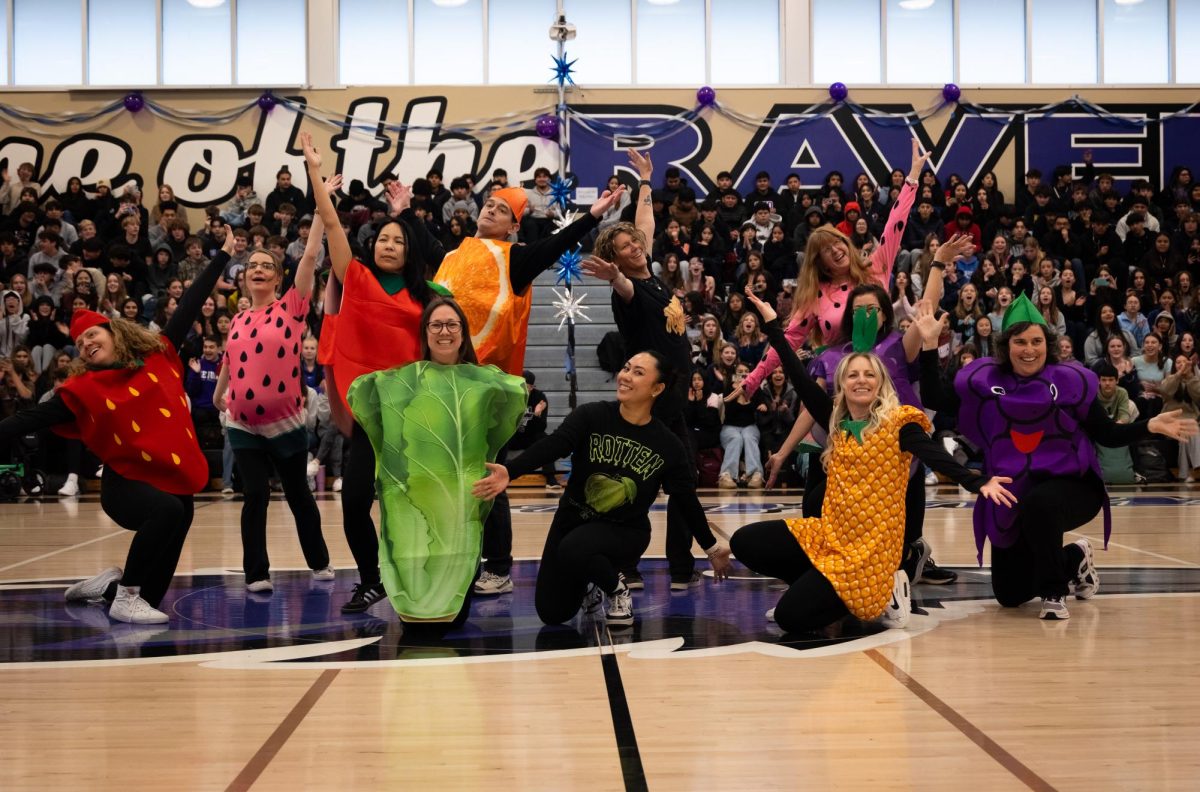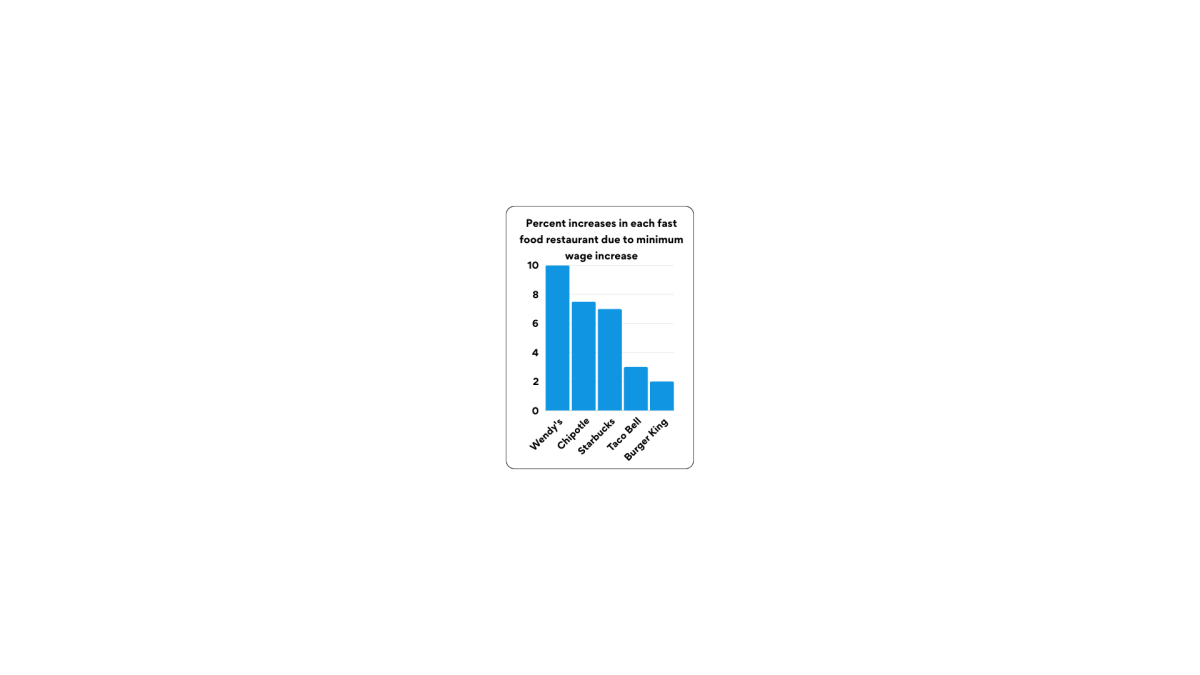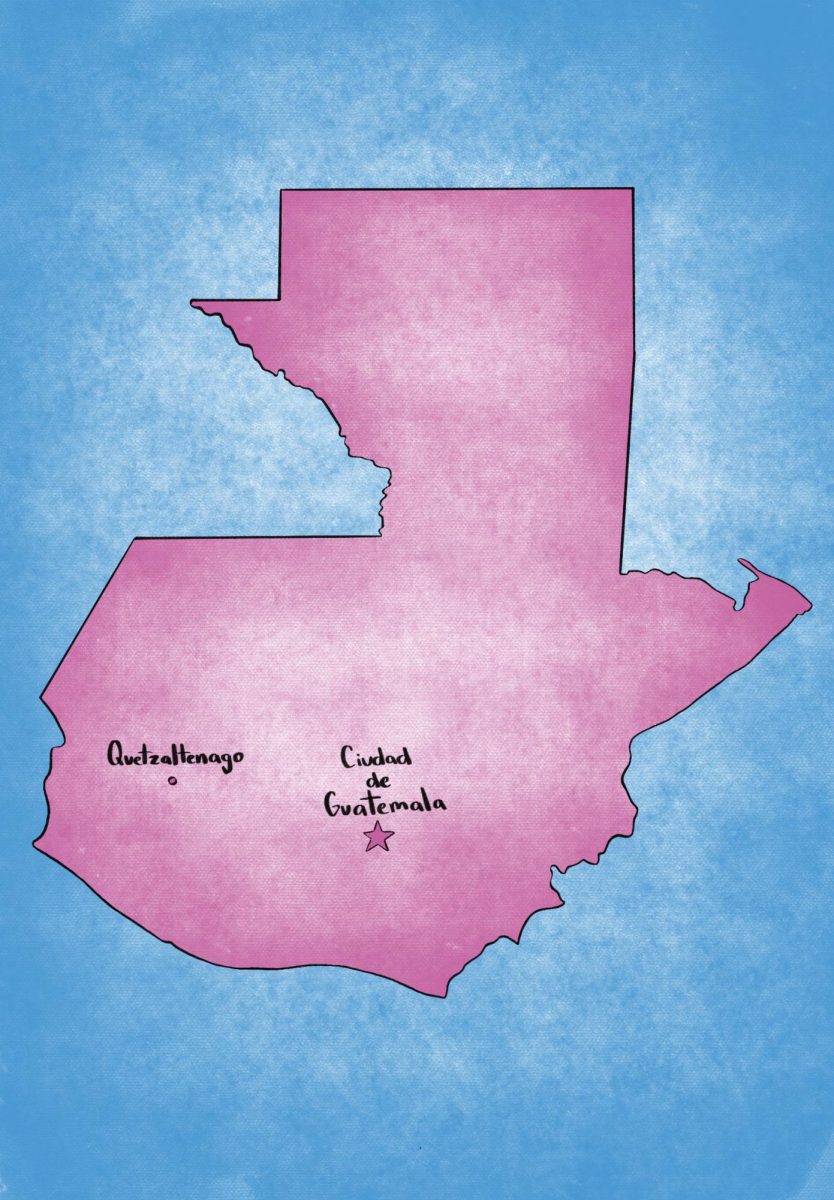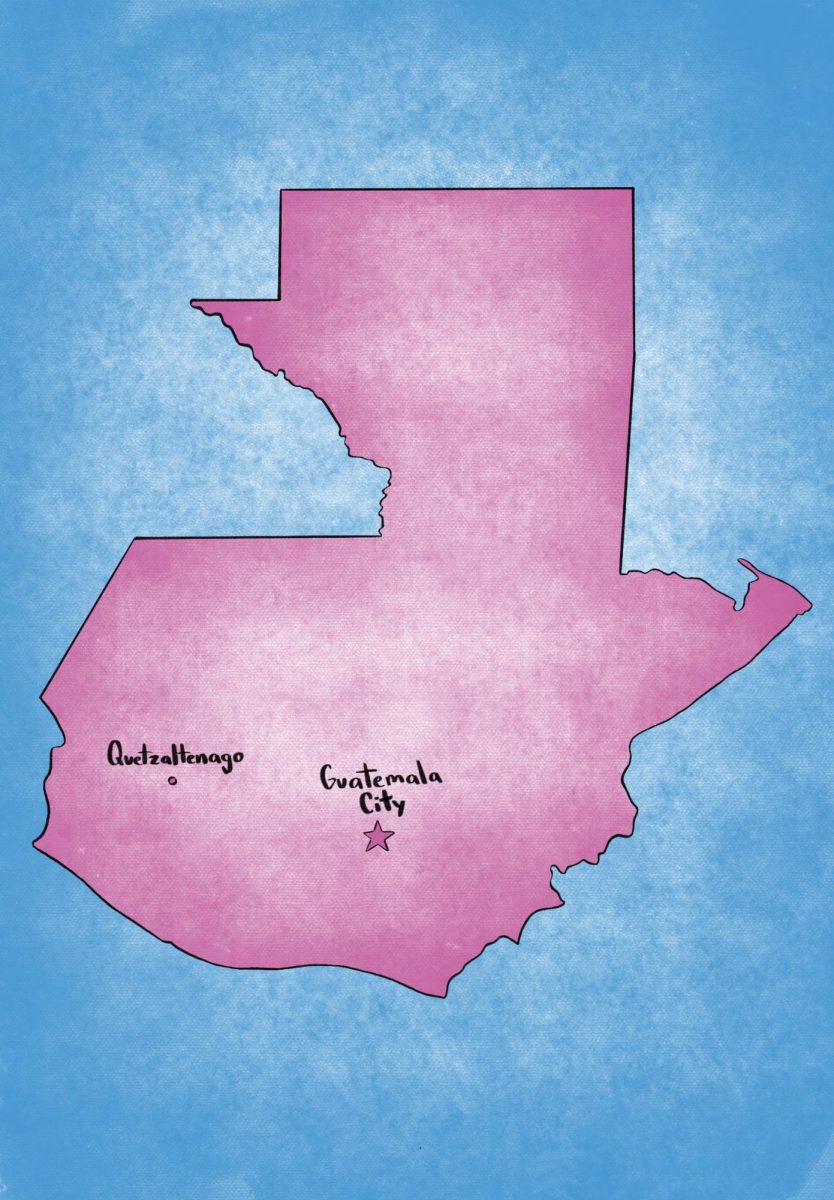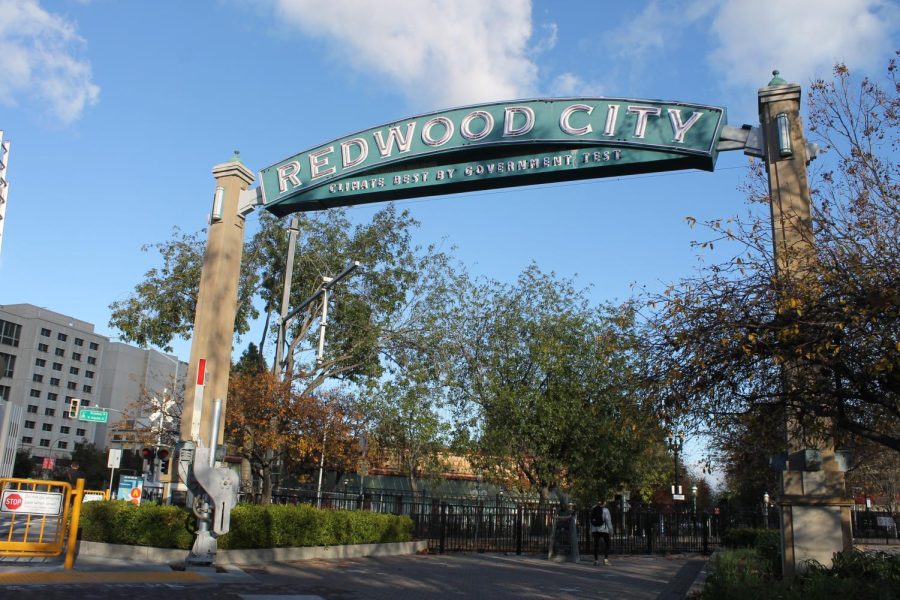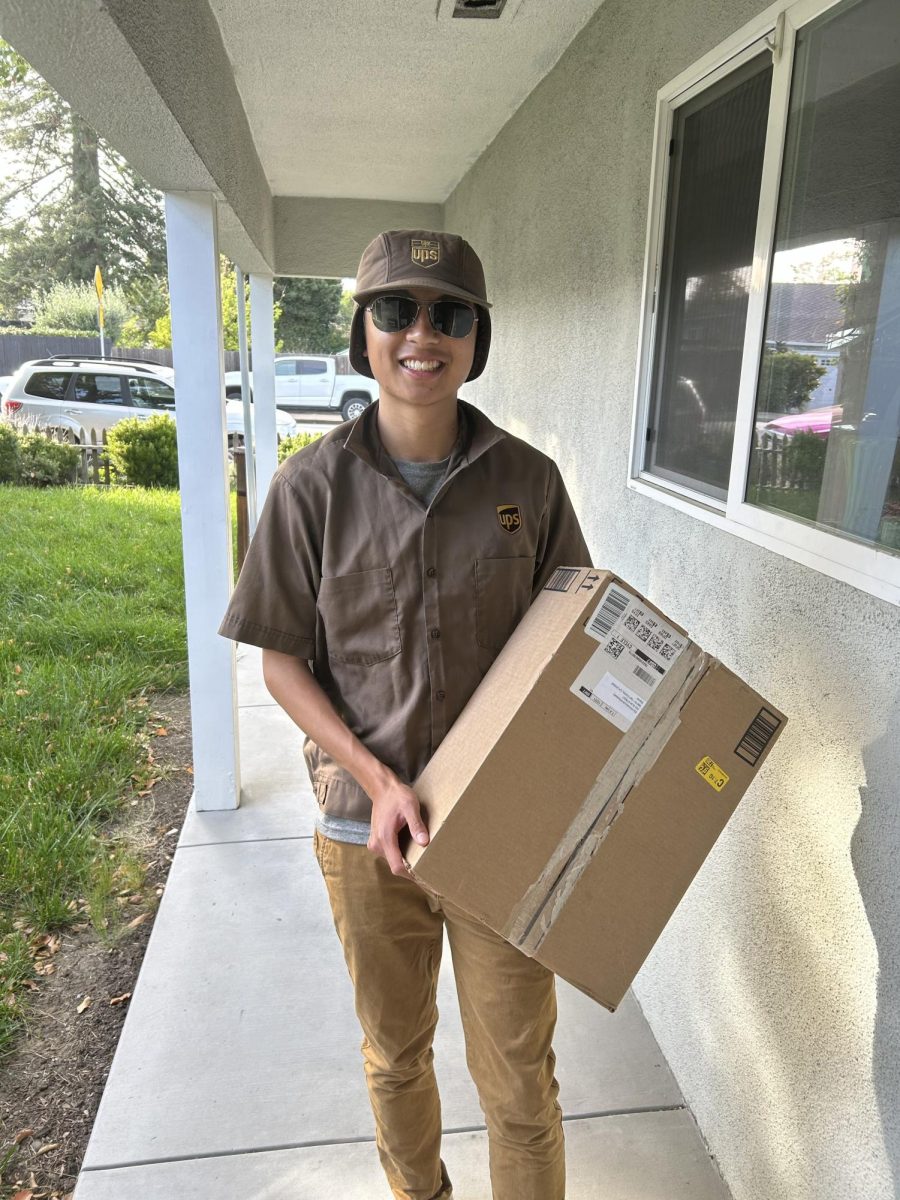Lack of clarity over sexual harassment
October 16, 2015
Sexual remarks and jokes. Catcalling. Unwanted physical attention. Most people would consider these actions sexual harassment. But what about winking in the hallways or flirting with an upperclassman, even as a joke? This leaves a difficult gray area for school officials to maneuver. Since sexual harassment is defined as unwanted sexual advances or remarks, teachers can often have a difficult time determining what is or is not sexual harassment. Extra education on sexual harassment could help teachers identify what is making a student uncomfortable and can help to provide a safe, academic environment for students to learn.
“When I started here in 1997, I was one of few teachers who would send a student out for using homophobic statements like ‘that’s so gay’,” Spanish teacher Edith Salvatore said. “Now, it is an accepted truth among most teachers that we must intervene in these types of situations. But we shouldn’t wait for society to ‘catch up’ on sexual harassment issues—we should strive to be a beacon so that our good behavior can permeate society.”
Teachers and students seem to agree on the fact that sexual harassment should be addressed more in the curriculum, and actions against sexual harassment should be demonstrated amongst both teachers and students to set a better example for society outside of school.
“Teachers should teach about sexual harassment because parents have different definitions,” junior Alicia Shristie said. Some teachers said they had to take an online safety course, and some said they had no training at all. “I’ve been at Sequoia for three years, and in those three years I have had no sexual harassment training that I can recall,” English teacher José Rosario said. Employees in supervisory positions, such as the administration, are the only ones required by the state of California to have a two-hour course every two years. (CA Govt. Code Sec. 12950.1)

